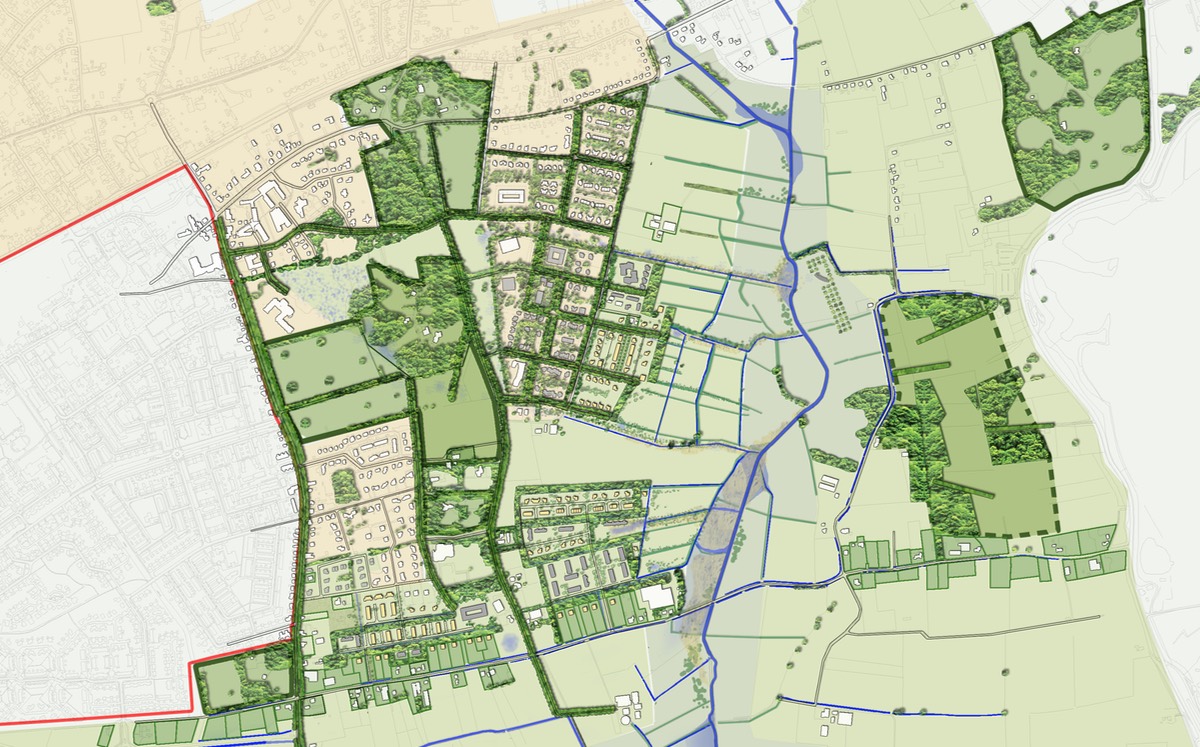Downloads
DOI:
https://doi.org/10.47982/rius.7.134Keywords:
landscape, nature inclusive design, landscape architecture, aesthetics, ecosystem servicesAbstract
In a world where increased prosperity has created a number of novel, ecosystem-related threats to people’s health and the economy, designing with nature offers a promising outlook to mute the potential negative impacts of our actions and to keep improving the quality of life worldwide. It also provides an alternative to an attitude that has been largely negligent towards our non-human fellow beings. Drawing from the experience of DS landscape architects, four actualized projects and two student master theses illustrate the challenges, opportunities and benefits that building with nature presents. These cases highlight four important lessons for designing with nature in rural and urban landscapes. First, considering the surrounding landscape as a starting point creates a deeper understanding of the situation at hand. This allows for better planning with the ecosystem and enhances the richness of its biodiversity once a project is delivered. Secondly, planning with nature creates the opportunity to let nature do some of the work. This can include water purification, drainage, and cooling. The third lesson is that designing with nature requires a long-term plan. Maintenance might be necessary, and the public may need to be patient to watch the ecosystem slowly flourish through the decades. Finally, creating a new kind of wilderness-imbued beauty to inspire public acceptance and to motivate stewardship is a promising method for establishing a successful long-term nature-inclusive design project. These and other lessons contribute to a field of design where incorporating nature is the status quo.
How to Cite
Published
Issue
Section
References
Centraal Bureau voor de Statistiek. (2020, December 3). Wat is verstedelijking? https://www.cbs.nl/nl-nl/dossier/dossier-verstedelijking/hoofdcategorieen/wat-is-verstedelijking-
Gobster, P. H., Nassauer, J. I., Daniel, T. C., & Fry, G. (2007). The shared landscape: what does aesthetics have to do with ecology?. Landscape ecology, 22(7), 959-972. https://doi.org/10.1007/s10980-007-9110-x
Franco, E. G. (2020). The Global Risks Report 2020. World Economic Forum. https://www.weforum.org/reports/the-global-risks-report-2020
Latour, B. (2018). Down to earth: Politics in the new climatic regime. John Wiley & Sons.
Millennium Ecosystem Assessment. (2005). Ecosystems and Human Well-being: Synthesis. Island Press. http://www.millenniumassessment.org/documents/document.356.aspx.pdf
Nieuwenhuijs, A. (2018). Vloeibaar land. Amsterdamse Hogeschool Voor de Kunsten (AHK). https://www.ahk.nl/eindwerkprijs/eindwerkprijs-2018/master/vloeibaar-land/
Parsons, G. (2008). Aesthetics and nature. Bloomsbury Publishing.
Ritchie, H., & Roser, M. (2018, June 13). Urbanization. Our World in Data. https://ourworldindata.org/urbanization
United Nations. (2015). Take Action for the Sustainable Development Goals. United Nations Sustainable Development. https://www.un.org/sustainabledevelopment/sustainable-development-goals/
van der Woude, C. (2019). NATURE IS UNDER YOUR FEET Discovering London’s underground landscape as a potential new nature. Academy of Architecture. https://www.bouwkunst.ahk.nl/en/graduates/2019/student/charlotte-van-der-woude/





